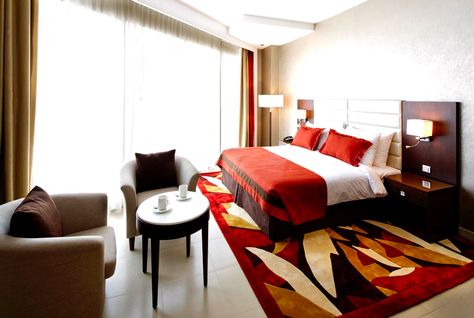Lesson #3: Price your rooms based upon what the market will bear.

| Advertisement |
A very common pricing strategy for hotels is to offer a set price while the property is at 0-50% occupancy, but once occupancy goes above that point, rates are increased. In most cases, this results in a high volume of bookings from 0-50% occupancy, and then a huge drop-off of sales once the rate is increased. Obviously, this often leads to hotels with lots of empty rooms (and lots of empty space in their wallets as well).
Airlines do it better. Rather than changing rates at random intervals based on their capacity, they consistently update their rates (automatically, of course) to ensure that they are offering the best possible price that will still secure bookings. Airlines¹ prices are based on what the market will bear all the time, from 0-100% capacity.
A hotel at 20% occupancy isn¹t a rare occurrence (especially during the off-season) but when was the last time that you saw an airplane that was only 20% full? So take a lesson (or three!) from the airlines in order to increase both your occupancy and RevPAR ASAP. Your revenues will be soaring sky-high in no time (pun intended!).









 Search our database of more than 2,700 industry companies
Search our database of more than 2,700 industry companies










Oct 21, 2012 , Saudi Arabia
Very nice and very explanatory to the public. Some private Hospital use this concept but in a slight different way too. Hotels differs to Airline industries in retain their costumers to upsell thier own facilies (bars, outlets, mini bars, spas ect...) Airlines istead has to fill the airplane in q...
Oct 21, 2012 , United Arab Emirates
I totally agree to the points and this subject is part of european hotel management schools and universities since years. However there are some points to consider which differentiates both sectors in the same industry 1) All flights ( 99%) are pre-paid and No Show policiyes with airlines are...